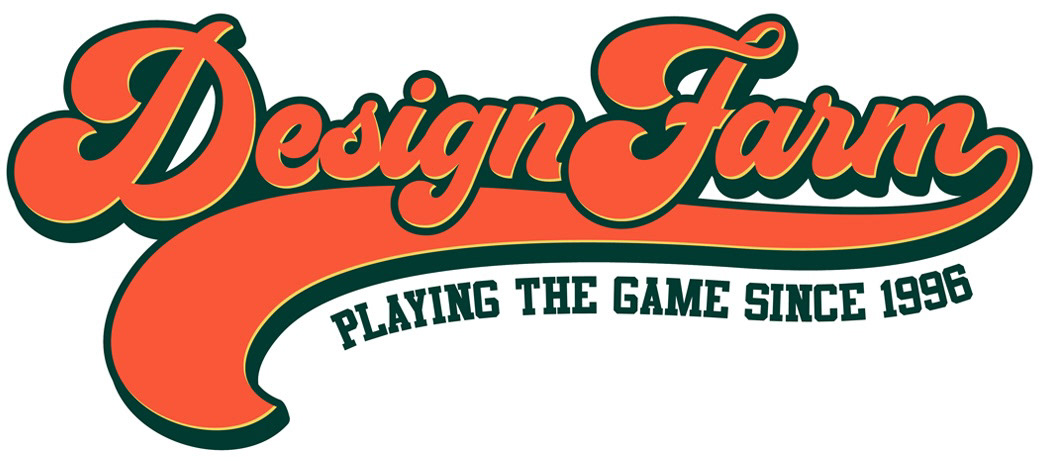The problem
Most companies hide customer service behind confusing menus, obscure phone numbers, and clunky automated systems. Customers often give up before reaching a real person—an approach driven by the high cost of traditional support. T-Mobile, however, had already won JD Power’s award for best customer service three years in a row. The challenge was not fixing broken service—it was imagining how to make an already award-winning system radically better.
The objective
As Senior UX Design Manager, my goal was to completely rethink the customer service experience. We wanted a system that eliminated frustration, removed unnecessary complexity, and felt instantly familiar to users. The objective was simple: create a zero-learning-curve way for customers to interact with support on their own terms—quickly, easily, and naturally.
The result
The solution transformed customer service by putting it front and center. Customers could now text a care representative directly, just like messaging a friend, with an intuitive interface fully integrated with their device OS. Behind the scenes, we developed a suite of drag-and-drop widgets that allowed reps to provide contextual information and complete tasks seamlessly within conversations.
The impact was immediate and industry-leading. T-Mobile hosted over 50 top tech companies, including Apple, Google and Meta to showcase the system at a local call center. This approach has since influenced major industry innovations, such as Apple Business Chat, highlighting the revolutionary nature of our work.
